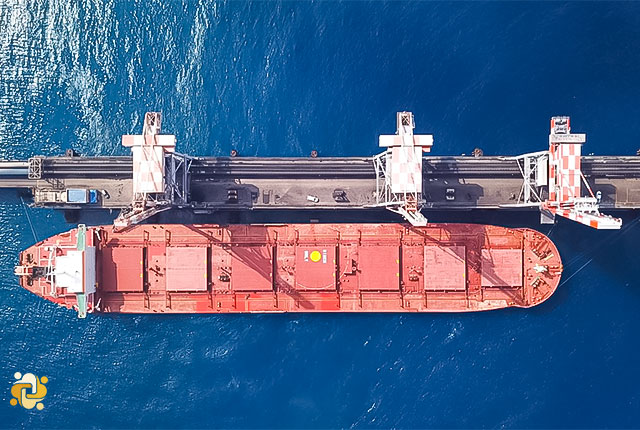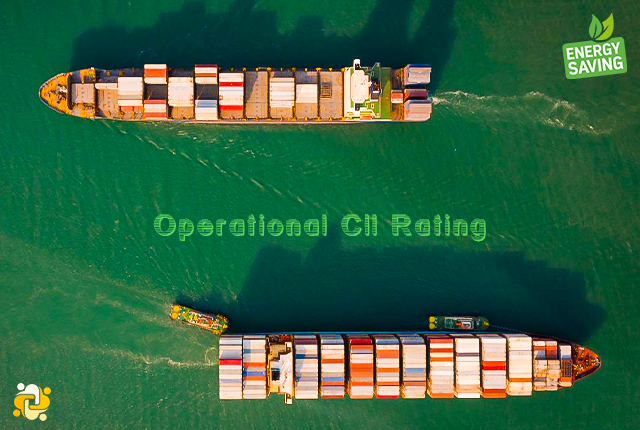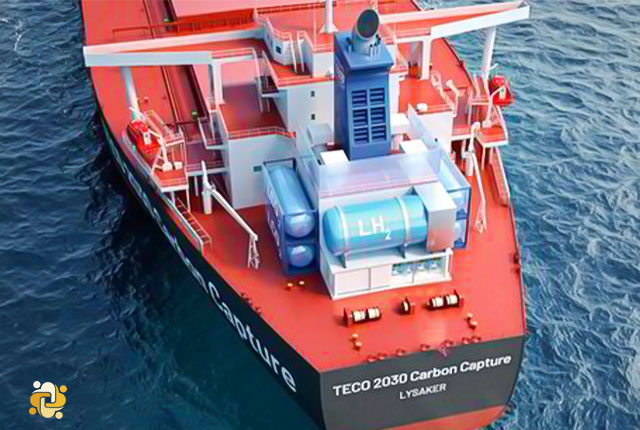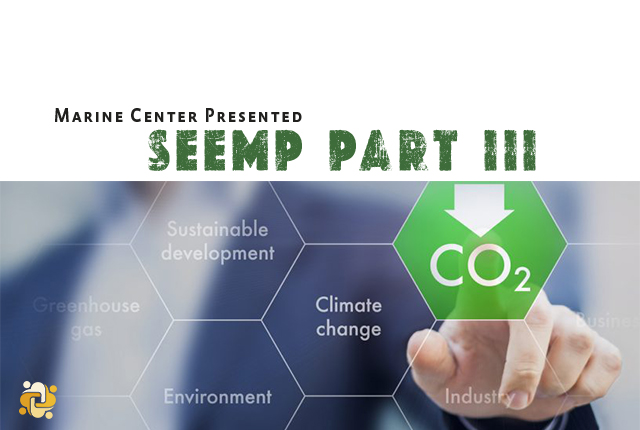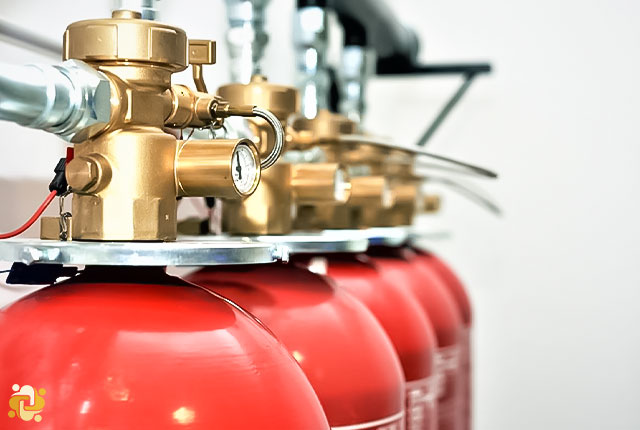
The maintenance and inspections for fixed carbon dioxide fire-extinguishing systems
2023-09-18 09:23
Principles of Fixed Gas Fire-extinguishing Systems
Fixed gas fire-extinguishing systems generally work by either lowering the oxygen concentration in the surrounding atmosphere to a level where combustion becomes impossible or by disrupting the essential chemical reactions needed for the fire to continue spreading.
Fixed gas systems offer several benefits compared to water-based systems, including the ability to prevent damage to sensitive equipment, particularly electronic devices. They also lead to significant reductions in cleanup time and equipment downtime.
However, there are some disadvantages to consider as well:
- Certain gaseous agents pose risks to personnel safety.
- Gas systems provide less cooling compared to water-based systems.
- Unlike fire-fighting systems with an endless supply of water, gas systems rely on the finite quantity of gas stored in the cylinders protecting the area.
Due to the aforementioned disadvantages, it is crucial to promptly activate fixed gas fire-fighting systems to minimize heat buildup. Additionally, precautions should be taken to prevent the risk of resignation caused by the dispersion of fire-extinguishing gas and the premature opening of protected compartments to introduce fresh air after a fire.
In new installations, the most commonly encountered fixed gas extinguishing systems are those utilizing high/low pressure CO2.
CO2, a compound consisting of carbon and oxygen, is a colorless, odorless, and electrically non-conductive gas at atmospheric pressures and temperatures. It is approximately 50% denser than air and provides a limited cooling effect. Following its discharge, CO2 dissipates into the atmosphere without leaving any residue.
Because CO2 reduces the available oxygen in the environment, it cannot support human life. Harmful effects in humans become noticeable at concentrations of 6% to 7%, and at levels below 10%, most people lose consciousness rapidly. Due to the associated hazard, it is of utmost importance to evacuate all personnel from the protected area before activating the system.
Effectiveness
CO2 gas serves as an effective agent for addressing various types of fire hazards, including class "A" (involving materials like wood and paper), class "B" (involving flammable liquids and gases), and class "C" (involving electrical equipment). It accomplishes this by displacing the oxygen necessary for combustion. To ensure effective fire suppression, it is essential to maintain a sufficient concentration of CO2 for an extended period, allowing the maximum temperature to drop below the auto-ignition point of the burning material. Most fires can be extinguished by reducing the oxygen content to 15%, which can be achieved by developing a CO2 concentration of approximately 28.5% in the surrounding atmosphere. However, typically, higher concentrations are used to account for potential gas escape or air infiltration, ensuring an ample safety margin.
It's important to note that carbon dioxide is not suitable for addressing class "D" hazards involving reactive metals, metal hydrides, and substances containing their own oxygen supply, such as magnesium, potassium, sodium, and cellulose nitrate. Special extinguishing agents and procedures are required to control fires in these class "D" scenarios.
SOLAS Requirement
In this section of the article, we have compiled all the regulations pertaining to fixed fire extinguishing systems as outlined in the SOLAS Convention. To begin, let's commence by defining the fixed system, after which we will delve into the specifics of the convention's text for your reference.
A fixed fire extinguishing system, may be any of the following systems:
- A fixed gas fire-extinguishing system complying with the provisions of the Fire Safety Systems Code;
- A fixed high-expansion foam fire-extinguishing system complying with the provisions of the Fire Safety Systems Code; and
- A fixed pressure water-spraying fire-extinguishing system complying with the provisions of the Fire Safety Systems Code.
Reg. 10.5.1: Machinery spaces of category A containing oil-fired boilers or oil fuel units shall be provided with any one of the fixed fire-extinguishing systems. In each case, if the engine and boiler rooms are not entirely separate, or if fuel oil can drain from the boiler room into the engine-room, the combined engine and boiler rooms shall be considered as one compartment.
Reg.10.5.2: Machinery spaces of category A containing internal combustion machinery shall be provided with one of the fixed fire-extinguishing systems.
Reg. 10.5.3: In spaces containing steam turbines or enclosed steam engines used for main propulsion or other purposes having in the aggregate a total output of not less than 375 kW, one of the fixed fire-extinguishing systems shall be provided if such spaces are periodically unattended.
Reg. 10.7.1: the cargo spaces of passenger ships of 1,000 gross tonnage and upwards shall be protected by a fixed carbon dioxide or inert gas fire-extinguishing system complying with the provisions of the Fire Safety Systems Code or by a fixed high expansion foam fire-extinguishing system which gives equivalent protection.
Where it is shown to the satisfaction of the Administration that a passenger ship is engaged on voyages of such short duration that it would be unreasonable to apply the requirements of the previous paragraph and also in ships of less than 1,000 gross tonnage, the arrangements in cargo spaces shall be to the satisfaction of the Administration, provided that the ship is fitted with steel hatch covers and effective means of closing all ventilators and other openings leading to the cargo spaces.
Except for ro-ro and vehicle spaces, cargo spaces on cargo ships of 2,000 gross tonnage and upwards shall be protected by a fixed carbon dioxide or inert gas fire-extinguishing system complying with the provisions of the Fire Safety Systems Code, or by a fire-extinguishing system which gives equivalent protection.
Reg. 10.7.2: A ship engaged in the carriage of dangerous goods in any cargo spaces shall be provided with a fixed carbon dioxide or inert gas fire-extinguishing system complying with the provisions of the Fire Safety Systems Code or with a fire-extinguishing system which, in the opinion of the Administration, gives equivalent protection for the cargoes carried.
Reg.10.9: Each cargo pump-room shall be provided with one of the following fixed fire-extinguishing systems operated from a readily accessible position outside the pump-room. Cargo pump-rooms shall be provided with a system suitable for machinery spaces of category A.
For a deeper understanding of the engineering specifications of fixed fire extinguishing systems, it is recommended to read the FSS code.
The maintenance and inspections for fixed carbon dioxide fire-extinguishing systems
This Section provides the minimum recommended level of maintenance and inspections for fixed carbon dioxide fire-extinguishing systems on all ships and are intended to demonstrate that the system is kept in good working order as specified in SOLAS regulation II-2/14.2.1.2.
Maintenance and inspections should be carried out in accordance with the ship's maintenance plan having due regard to ensuring the reliability of the system. The onboard maintenance plan should be included in the ship's safety management system and should be based on the system manufacturer's recommendations including:
- Maintenance and inspection procedures and instructions;
- Required schedules for periodic maintenance and inspections;
- Listing of recommended spare parts; and
- Records of inspections and maintenance, including corrective actions taken to maintain the system in operable condition.
Therefore, in the following, we refer to the minimum maintenance requirements of these systems in weekly, monthly, annual, biennial, five-year, ten-year and new twenty-year regulations.


